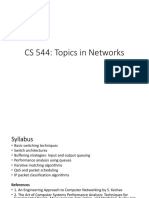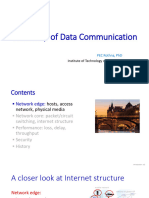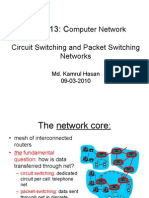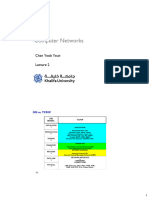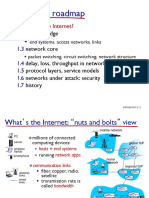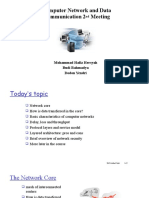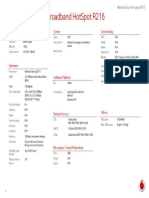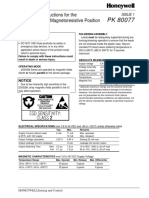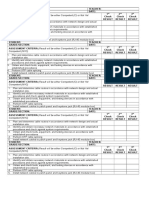0% found this document useful (0 votes)
26 views18 pages30 Jul To 3 Aug - Notes For Introduction To Web Programming
Notes for Introduction to Web Programming
Uploaded by
nubboi493Copyright
© © All Rights Reserved
We take content rights seriously. If you suspect this is your content, claim it here.
Available Formats
Download as PDF, TXT or read online on Scribd
0% found this document useful (0 votes)
26 views18 pages30 Jul To 3 Aug - Notes For Introduction To Web Programming
Notes for Introduction to Web Programming
Uploaded by
nubboi493Copyright
© © All Rights Reserved
We take content rights seriously. If you suspect this is your content, claim it here.
Available Formats
Download as PDF, TXT or read online on Scribd
/ 18









